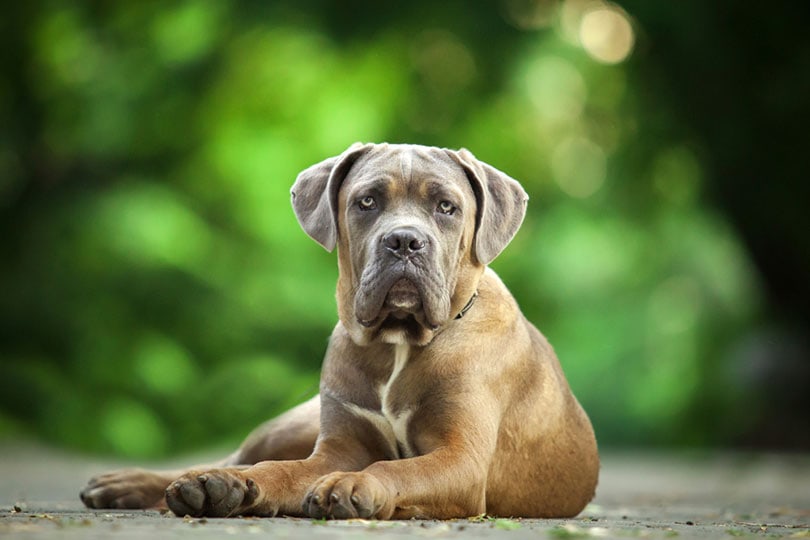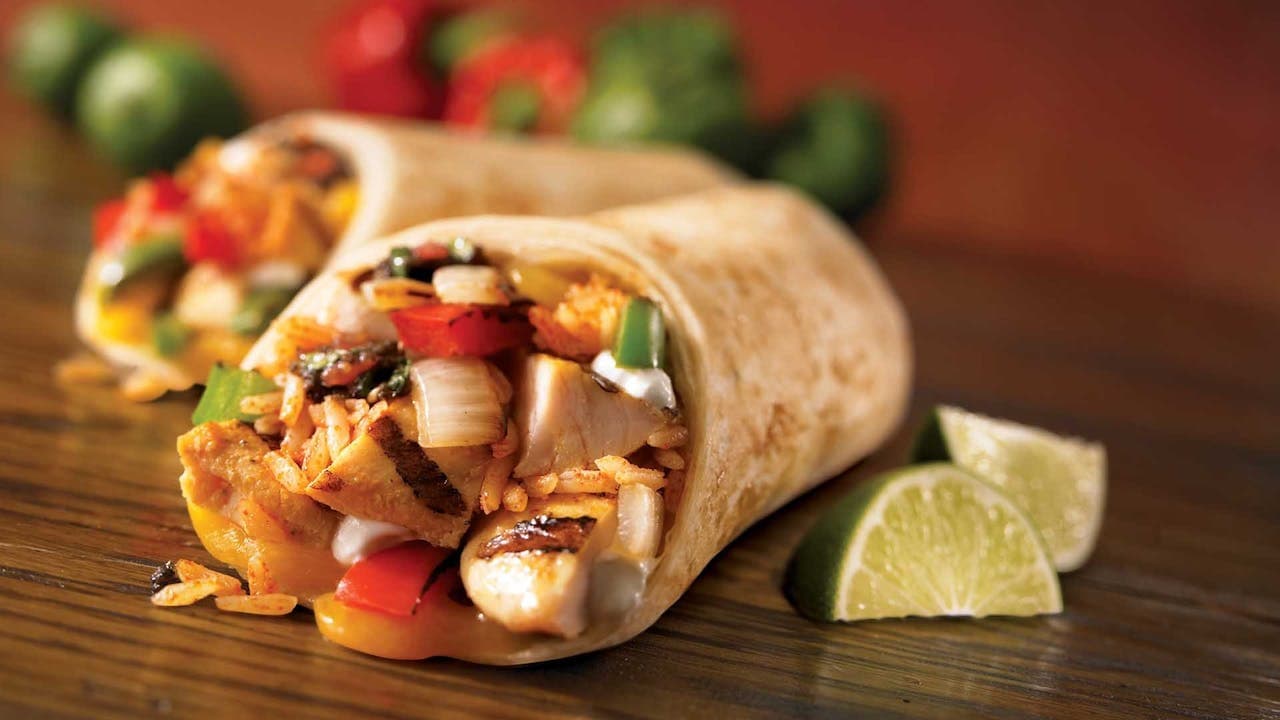How to Potty Train Your Dachshund in 5 Easy Steps (Vet Approved)

Updated on
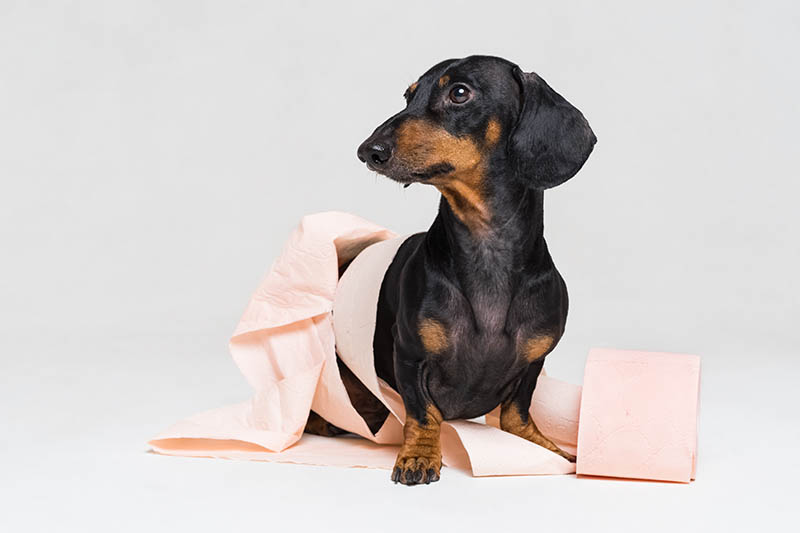
Having a Dachshund in your life is an exciting and rewarding experience. Their small stature and lovable appearance make them one of the most popular breeds. However, owning this dog comes with special responsibilities.
As is common with many small breeds, Dachshunds have small bladders and can’t hold their pee as long as big dogs can, so potty training them as soon as possible is essential for keeping your home smelling its best. In this article, we outline everything that you need to know about potty training a Dachshund so you can get started right away.
The 5 Easy Steps to Potty Train Your Dachshund
1. Find Out When Your Dachshund Needs to Go
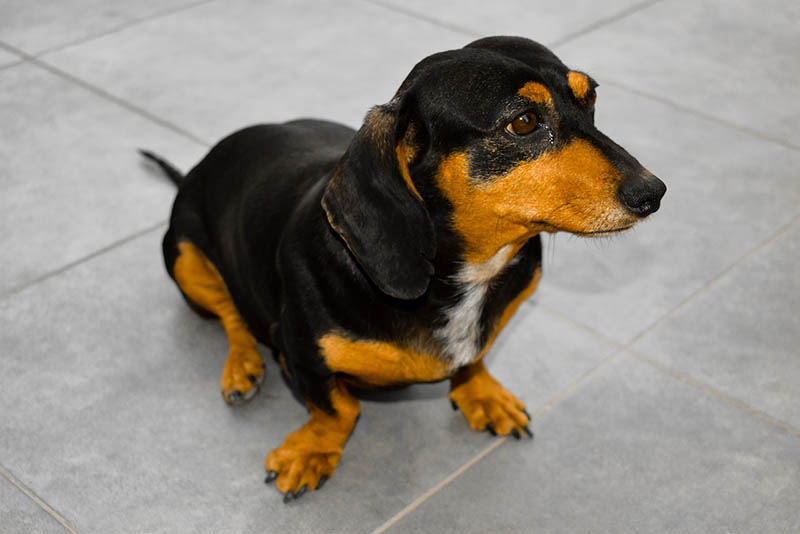
Dachshunds are notorious for not being able to hold their bladders for long. You must be able to tell when your dog needs to go to the bathroom so you can take them outside to do their business. The best way to find out when your dog needs to go is by observing their behavior.
Signs that your dog needs to use the bathroom are fairly obvious and will include scratching, loud barking, restlessness, sniffing around, squatting, and walking in circles. You may also notice that your dog simply comes up to you whimpering and crying. With puppies, they will only wait so long before they simply go on the floor. Start paying attention to your dog’s signs that they need to go to the bathroom, and be sure to take them outdoors or to their “potty spot” immediately.
When outside, ask them to “Go potty!” Reward them with a treat when they do. Consistency is key. Eventually, your Dachshund should start to let you know that they need to go outside once they figure out that’s where they’re supposed to go.
2. Introduce Pee Pads Before You Begin Potty Training

Dachshunds are intelligent and will quickly learn how to go on the pads. However, this process will go much quicker and more smoothly if you introduce the pee pads before you begin potty training. After you have cleaned up any accidents in your home, place a pee pad in the same area. Your dog will quickly learn that this is where they are supposed to go indoors, and they will appreciate not having to navigate around a messy floor. If they do happen to miss the pad, you’ll want to clean up the mess quickly.
Our top pick for cleaning up pet messes is the Hepper Advanced Bio-Enzyme Pet Stain & Odor Eliminator Spray.
Yes, it’s our product, but we love it so much, we have to share! Not only does it permanently remove the very worst smells and stains (yes, everything you can imagine!), but we offer a 100% satisfaction guarantee!
- ADVANCED ENZYMATIC CLEANER - Penetrates the most stubborn smells and stains at the deepest molecular...
- FOR ANY MESS, ON ANY SURFACE - This pet odor eliminator cleans your carpets, floors, furniture,...
3. Start With Short Walks While They’re Young
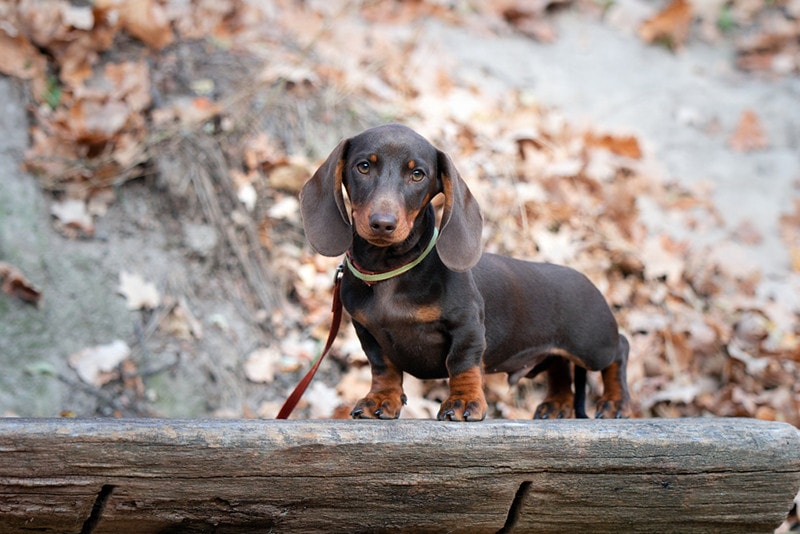
Before you begin potty training your Dachshund, you should walk them shorter distances until they are at a healthy weight and their bladder is fully developed, which is around 16 to 24 weeks. It’s common for Dachshunds to be underdeveloped at birth and for them to remain small throughout their lives.
On average, your dog may not be able to hold their urine for more than 2 or 3 hours. You should also not walk your dog for long periods of time without a break. It is best to walk your dog for 15 to 30 minutes and then wait a while before taking them out again.
4. Ensure That the Pee Pads Are Comfortable for Your Dog to Sit On
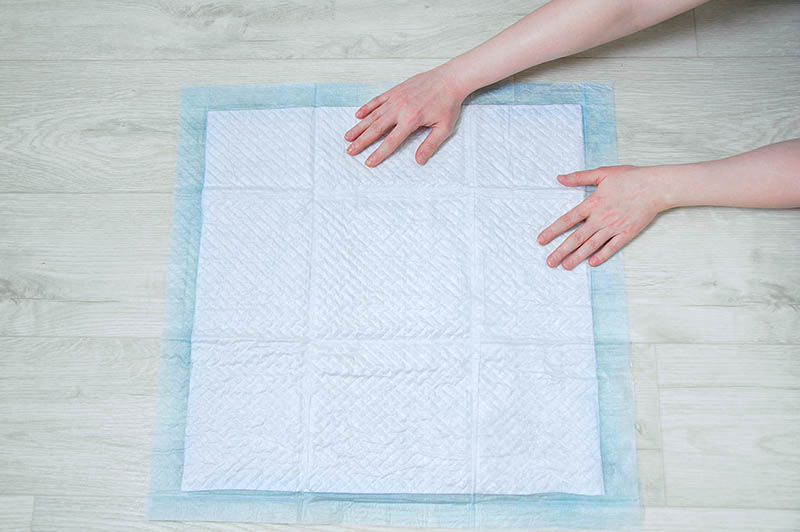
Your Dachshund will be spending a lot of time on the pee pads while you’re potty training. It’s important that they are comfortable to sit on and that they do not have any foreign smells or debris on them.
You can get a variety of different pee pads depending on your dog’s needs. Some Dachshund owners swear by newspapers, while others prefer to go with more eco-friendly options, such as pads made from recycled paper or cork. It is not a good idea to use anything that is synthetic or contains substances that can be harmful to your dog.
You also want to make sure your dog can’t rip the pee pads apart. Some Dachshunds will chew on their pee pads and can tear them up. Try to select a sturdy option that does not contain any harmful materials.
5. Confine Your Dachshund While You’re Away From Home Until They’ve Mastered Pee Pads
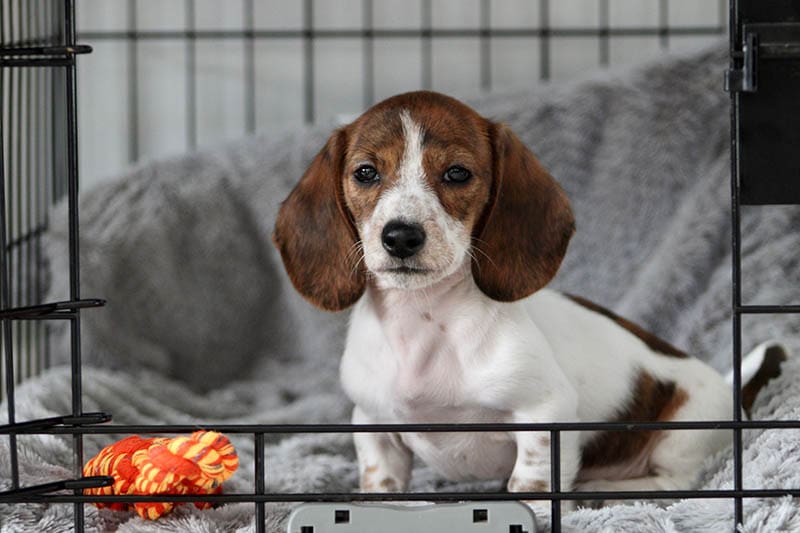
Dachshund pups, like other breeds, will be prone to accidents in the house when their owners are away from home. It is important to confine your Dachshund until you are certain that they have mastered going on the pee pads when they need to go.
But having your dog confined while they are potty training will help them to feel less anxious and will make it less likely that they will have an accident while they are confined. Once your dogs have mastered going on the pad while you’re away, you’ve crossed the golden mark of potty training. So, from here on, you’ll simply need to stay aware of your dog’s indicators that they need to use the potty and assist them accordingly.
How to Know When Your Dachshund Is Ready for Potty Training
When you first bring your new dog home, there are a lot of adjustments for both of you. It takes time to establish your new routine and trust between the two of you. However, with the right training and approach, housebreaking an adult dog can be easier than you think.
When potty training your dog, it is important to know when they’re ready to learn. The sooner you begin the process, the more likely your dog will catch on quickly and easily. On average, your dog should be ready for potty training anywhere from 6 to 8 weeks after being born. Here are important tips to remember when potty training your puppy.
Be Patient

Most dogs, young and old, can be like toddlers in that they may have moments where they forget what they’re doing and have accidents. Be patient, and remember that it is a learning process for both of you! Set up the right environment. Dogs need a place where they can feel comfortable going potty. You can provide this by creating a designated area outside for your dog to go to the bathroom.
Select an area away from your home where there are no people walking by and no noise. Your dog can feel comfortable going potty in an area like this. If you were successful with potty training a puppy, you can use that same approach with an adult dog. Each dog is different, but many will respond well to clicker training or positive reinforcement.
Reward Good Behavior

You can encourage positive potty training by rewarding your Dachshund for going in the right spot. Consider using treats, verbal praise, or anything else that makes your dog feel happy and proud of themselves.
Giving them a treat after your dog goes to the bathroom is a great way to associate pottying in the right places with a pleasant experience. Rewarding good behavior can make a big difference in how quickly your dog learns. Positive reinforcement will make potty training easier and more enjoyable for both of you.
Wrapping Things Up
Potty training a Dachshund can be a challenge, but it doesn’t have to be. Follow these tips, and you will be well on your way to successful dog potty training. Remember to be patient and consistent with your approach. With some time, patience, and consistency, you’ll have an adult Dachshund that is housebroken and ready for anything!
- See Also: How to Crate Train a Dachshund
Featured Image Credit: Masarik, Shutterstock




